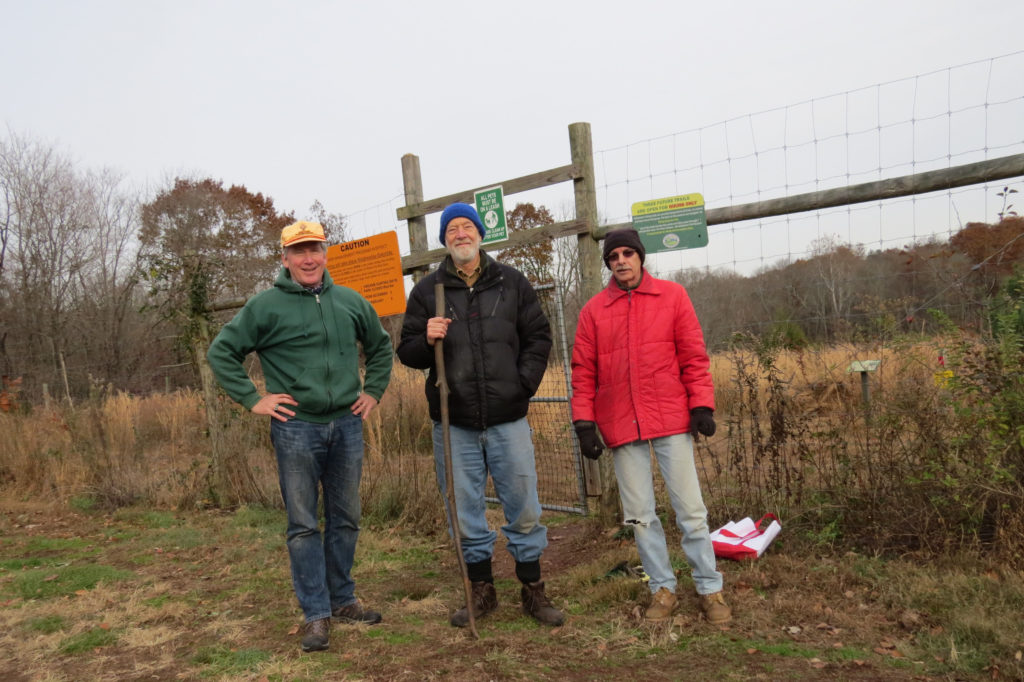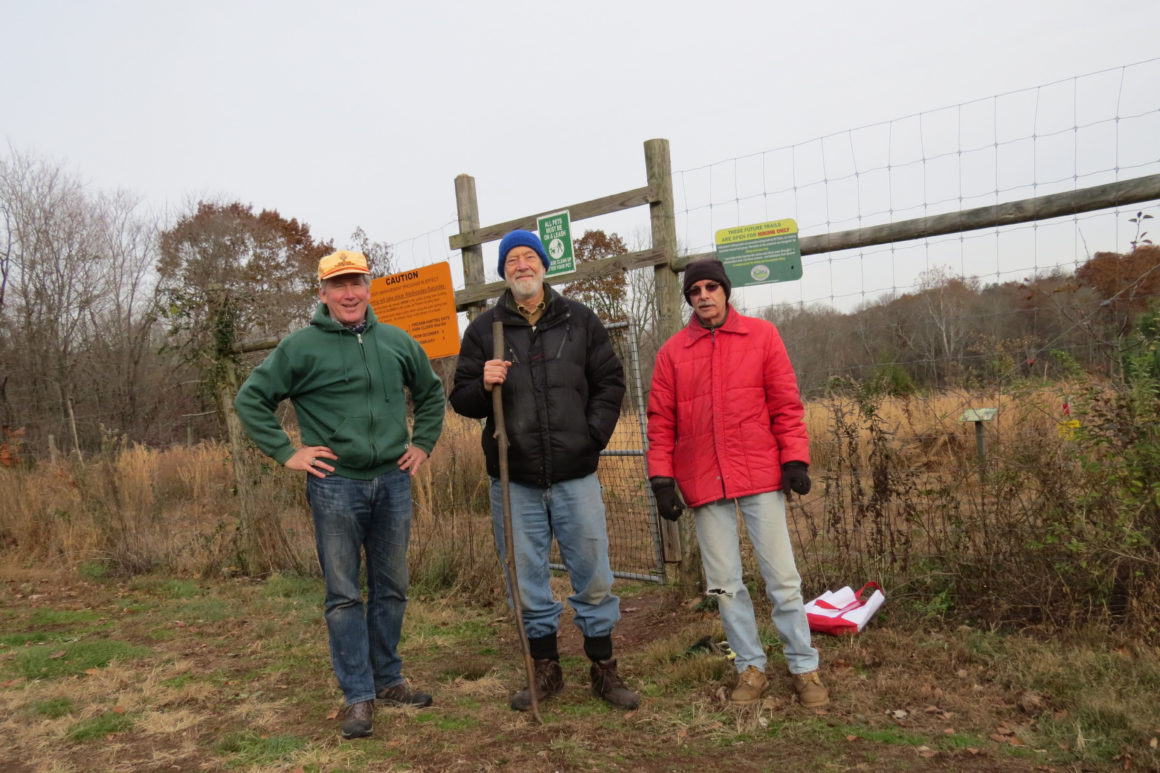
If you follow environmental issues locally, you may be familiar with the Emerald Ash Borer, an invasive bug that was accidentally transported to North America from Asia, that is killing up to 99% of the ash trees in its path. It is possible to protect ash trees however the method is too time-consuming and costly to protect whole forests but may be practical for individual trees. Therefore, it is inevitable that we may lose a vast majority of our ash trees. The story is sad and hopefully scientists can find a path to restoration. We may learn more by reviewing the fate of the American chestnut.
The American chestnut (Castanea dentata) is a large tree in the beech family native to eastern North America. Before the species was devastated by chestnut blight, an invasive fungal disease, it was one of the most important forest trees throughout its range and was considered the finest chestnut tree in the world. It is estimated that between 3 and 4 billion American chestnut trees were destroyed in the first half of the 20th century by blight after its initial discovery in 1904. Chestnut blight is caused by an Asian bark fungus introduced into North America on imported Asiatic chestnut trees.
Rex Parker, a member of the Hopewell Township Environmental Commission shared, “The blight was one of the first ecological tragedies to hit this continent.”
The American Chestnut Foundation is leading efforts to nationwide to restore the American chestnut to its original habitat. To that end, Hopewell Township Environmental Commission member Mike Aucott has initiated chestnut planting projects locally and directed the planting at several locations throughout Hopewell Township.
The largest planting occurred in early May when Friends of Hopewell Valley Open Space (FoHVOS) teamed up with the HT Environmental Commission to plant 170 American chestnuts at the Fiddler’s Creek Preserve (opposite Baldpate Mountain.) The preserve features a fenced in 40-acre former farm field which is the site of a large-scale re-forestation effort by FoHVOS and the Mercer County Park Commission. Over 7,000 trees and shrubs have been planted by volunteers at the site since 2011.
The May chestnut planting at Fiddlers Creek Preserve was done by volunteers and FoHVOS Stewardship Director Mike Van Clef. Plastic tubes were tied to stakes and placed on top of the chestnuts to protect them from being eaten by squirrels.
“The nuts we planted came from naturally resistant wild parent trees,” explained Parker. “We’re hoping they also have some resistance.”
Of the chestnuts planted at the Fiddlers Creek Preserve, about 40 percent germinated and survived the first growing season. “We’ll go back this coming spring and do another similar planting,” said Parker.
As with other Community Conservation projects, the greatest impact occurs with the collaboration and participation of other like-minded organizations.
A dozen American chestnut seedlings were planted at Hopewell Township’s Woolsey Park, and more were planted at nearby preserves in partnership with the D&R Greenway Land Trust, The Watershed Institute, and Sourland Conservancy. Mike Aucott initiated and directed the chestnut planting projects.
The American chestnut project offers significant promise and comes at an exciting time. FoHVOS is so happy to be part of a partnership that provides the potential to restore a native tree that was virtually lost from our landscape. As scientists wrestle with our current ash borer issues, we hope they can learn from previous challenges and achieve restoration success.
An excerpt of this article appears in February’s Hopewell Valley Neighbors magazine.
Click HERE to DONATE to FOHVOS!


